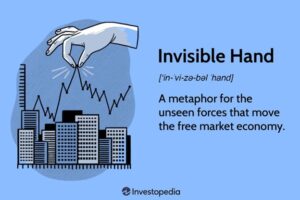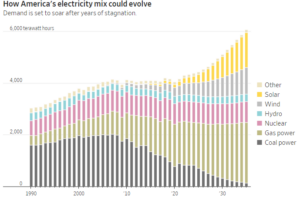I am really concerned that our media have lost their sense of national security and pride in America. Otherwise, why would a lead article in the Wall Street Journal feature an article like this: https://www.wsj.com/politics/national-security/hypersonic-missiles-america-military-behind-936a3128?st=xo5xh0p9ezxqfl7&reflink=desktopwebshare_permalink
I was trained to neither confirm nor deny anything people said to me about our nuclear submarine program. I worked on the solution to the loss of the Thresher submarine accident and solved it, developed a bulletproof flow diagram that gave navy operators a roadmap should it happen again, and defended it before Navy leadership.
I was taught that the “need to know” was the first hurdle to even talk to fellow employees at Knolls Atomic Power Laboratory, many of whom had higher level security levels than I did. The adage was “loose lips sink ships” and I lived by it then and still do today. So, don’t ask me any questions about subs or the Thresher.
What good thing is going to happen when people read this WSJ article? I can imagine some terrible things as you can. I have always thought of strength as a deterrent to war. It sure seems that advertising weaknesses is the opposite.
Plus, I have always considered the WSJ above this kind of reporting. What good thing do they think is going to happen with their readership? Or, are they looking to our enemies for subscriptions to their publications as a result?
It sure seems like irresponsible reporting to me.



